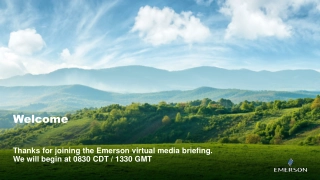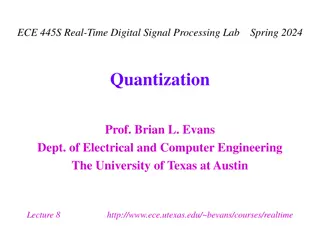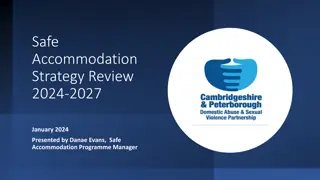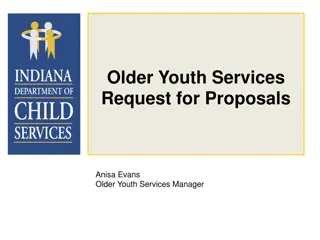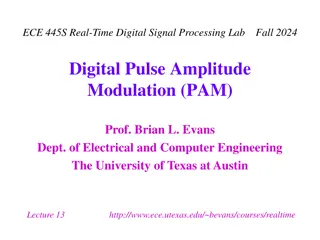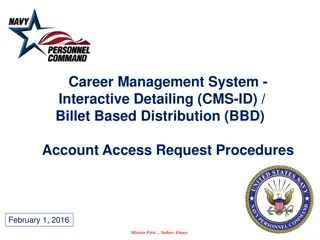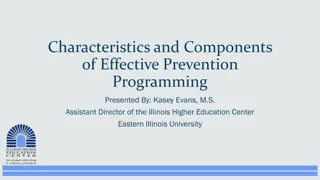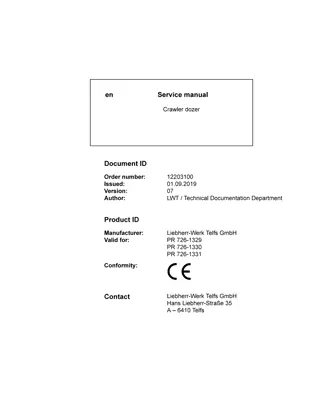
Advanced Configuration Management for Science Systems
This document outlines the detailed procedures involved in configuration management for science systems, focusing on requirements development, hardware installation, and safety measures such as Personnel Protection System (PPS) and Beam Containment Systems (BCS). It also highlights the importance of radiation safety systems, access control, and training for staff responsibilities, communication, and system control.
Download Presentation

Please find below an Image/Link to download the presentation.
The content on the website is provided AS IS for your information and personal use only. It may not be sold, licensed, or shared on other websites without obtaining consent from the author. If you encounter any issues during the download, it is possible that the publisher has removed the file from their server.
You are allowed to download the files provided on this website for personal or commercial use, subject to the condition that they are used lawfully. All files are the property of their respective owners.
The content on the website is provided AS IS for your information and personal use only. It may not be sold, licensed, or shared on other websites without obtaining consent from the author.
E N D
Presentation Transcript
Configuration Management Ian Evans
Configuration Management Requirements Developed - PPS, BCS, Lasers etc. Hardware Installed Systems - De-bugged - Tested - Certified per procedure All science wants is a system that s functional and will meet science needs. 2
Configuration Management PPS Personnel Protection System - Prevents personnel from entering areas where the possibility of a radiation hazard exists Elements such as hutch door interlocks, key enforced searches, beam stoppers BCS - Beam Containment Systems - Prevents beam from deviating from the design channel into spaces occupied by personnel Water cooled apertures, water filled beam dumps, vacuum sensors etc. Configuration Management - Also applies to shielding, search barriers, other systems deemed critical laser components and interlocks etc. 3
Configuration Management Radiation Safety System Access Control System (PPS) Radiation Control System Burn Through Monitors (BTM) Beam Beam Shut- Off Ion Chambers (BSOIC) Shielding Containment System (BCS) ACM, PIC, LIONS 4
Configuration Management Beamline Authorizations (BLA s) define the critical items that need to be in place to operate safely. - Controls determined via ESH Staff, Radiation Protection Group & Instrument Staff Components - Stoppers, Apertures, Slits, Collimators Systems - PPS, BCS, Vacuum Shielding - Bulk, Local Defines Operational Modes Checklists for visible items Checklists for non-visible items, in vacuum components, metrology, hard stop limits. 7
Configuration Management Training - Staff Responsibilities what am I responsible for Awareness who own what systems Communication who do I call if I need help Configuration Control what it means and why its there Labeling, Locks, Hardware - Checklists Walk through of items with all involved - Users Hutch Orientation hands on/hands off, who to call if it doesn t work. Perform a Search, key aspects of the PPS system 8
Configuration Management Controlling established configurations - Radiation Safety Work Control Forms (RSWCF s) Manages state of critical elements Defines work to be performed Identifies Hazards Defines Requirements (Hazard Controls & Alternative Mitigations) that need to be in place before work can start. Defines Requirements (tests, validations, inspections, sign-offs) that need to be in performed once work is complete. 9
Configuration Management Lessons Learned (the hard way) - LCLS Hutch 3 laser class IV ops tied to radiation stopper - LCLS Hutch 5 laser shutter mechanical failure - Drilling through lead shielding - Executing work before RSWCF controls have been fully established - System are different PPS fixed/rigid systems LSS (lasers) by nature need to be more flexible From a safety perspective we want systems (shielding placement, PPS, interlocks etc ) to work as planned and when needed, so managing their configuration is important. 10

